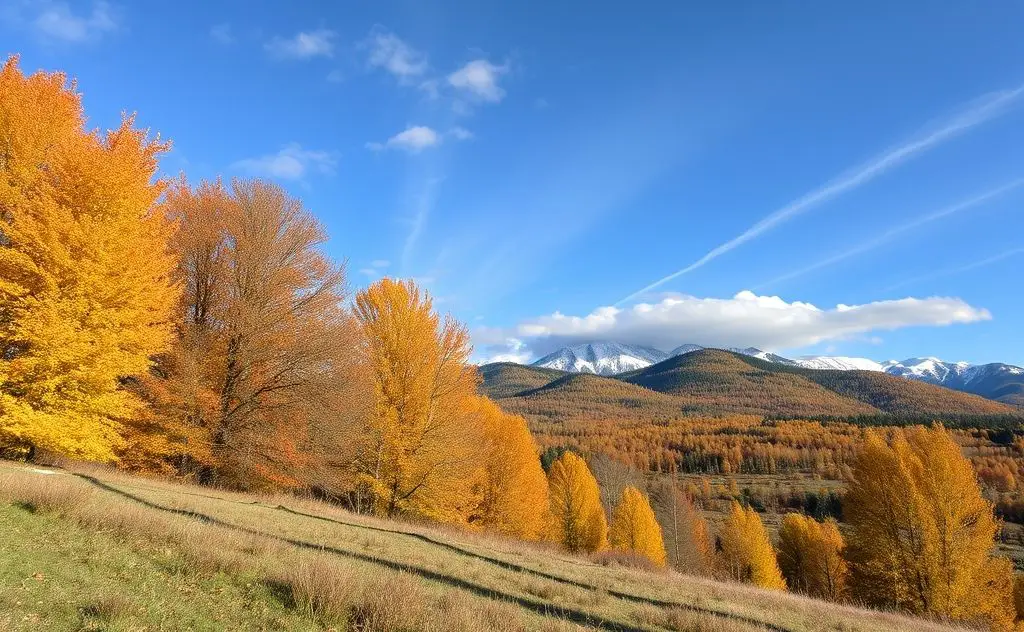The effects of seasons on temperature include variations in warmth and coldness, driven by Earth’s axial tilt and orbit, influencing climate patterns globally.
Earth’s 23.5° tilt creates dramatic seasonal temperature shifts by altering sunlight distribution. This axial tilt causes direct summer radiation in one hemisphere while the other experiences winter’s chill. The effects ripple through ecosystems, human activities, and even sleep patterns.

The Science Behind Seasonal Temperature Changes
Our planet’s 365.25-day orbit combines with its fixed axial tilt to create predictable temperature patterns:
- Summer Solstice (June 20-22): Northern Hemisphere receives maximum solar radiation
- Winter Solstice (December 20-23): Southern Hemisphere gets peak sunlight exposure
- Equinoxes (March/September): Equal daylight distribution across hemispheres
Temperature Variation by Latitude
| Latitude | Summer Temp Range | Winter Temp Range |
|---|---|---|
| Equator (0°) | 77-86°F (25-30°C) | 75-84°F (24-29°C) |
| Mid-Latitudes (40°) | 68-95°F (20-35°C) | 14-50°F (-10-10°C) |
| Polar (90°) | 32-50°F (0-10°C) | -40 to -94°F (-40 to -70°C) |

Human Adaptations to Seasonal Temperature Shifts
Seasonal temperature changes require smart climate control solutions. For winter heating needs, consider built-in gas heaters or electric heaters with wood stove aesthetics.
Biological Impacts on Humans
A study of 216 individuals revealed:
- Spring causes earlier wake times (avg 25 minutes)
- Sleep duration decreases 19 minutes in spring vs winter
- Every 10°F temperature rise delays bedtimes by 12 minutes
Seasonal Affective Disorder (SAD)
Reduced winter sunlight triggers depressive symptoms in 5% of adults, with another 10-20% experiencing milder “winter blues.”
Ecosystem Responses to Temperature Changes
NOAA research shows vegetation responds dramatically to seasonal shifts:
Animal Adaptations
- Hibernation: Body temperatures drop to near-freezing in Arctic ground squirrels
- Migration: Monarch butterflies travel 3,000 miles to escape cold
- Coat Changes: Arctic foxes grow 140% thicker winter fur
Urban Heat Island Effect Modifies Seasons
Concrete jungles experience:
- Winter temps 2-5°F higher than rural areas
- Summer nights up to 22°F warmer
- Growing seasons extended by 15+ days
According to NOAA data, high-latitude regions now experience 2-3 week longer growing seasons compared to 1980s averages.
Extreme Temperature Events by Season
Winter Extremes
- 2021 Texas freeze: -2°F (-19°C) in Dallas
- 1933 Siberia: -90°F (-68°C) recorded
Summer Extremes
- 2021 Death Valley: 130°F (54°C)
- 1913 Libya: 136°F (58°C) world record
Future Seasonal Temperature Projections
Climate models predict:
- Winter warming 2-3 times faster than summer
- 50% more extreme heat days by 2050
- 30% reduction in frost days
